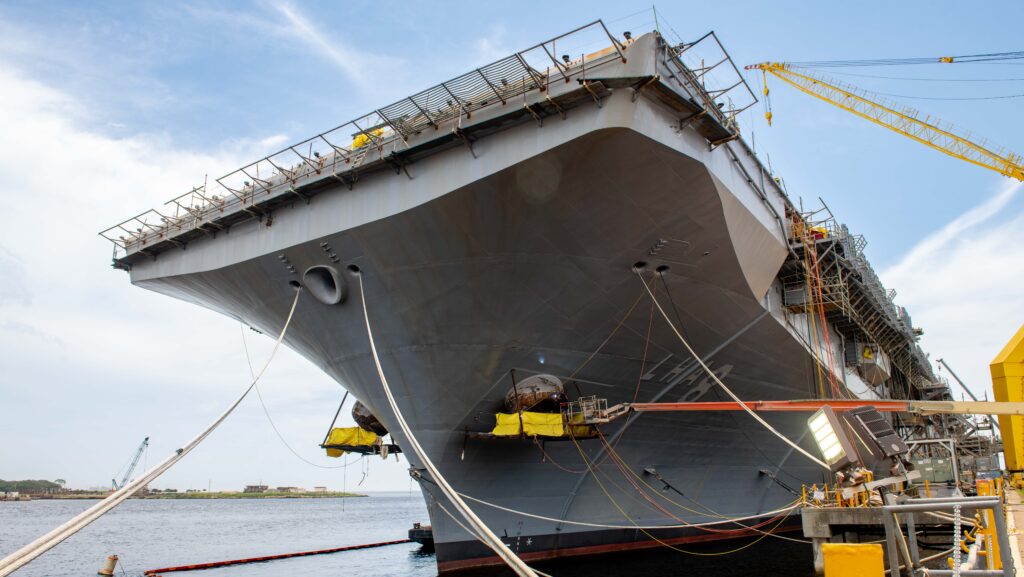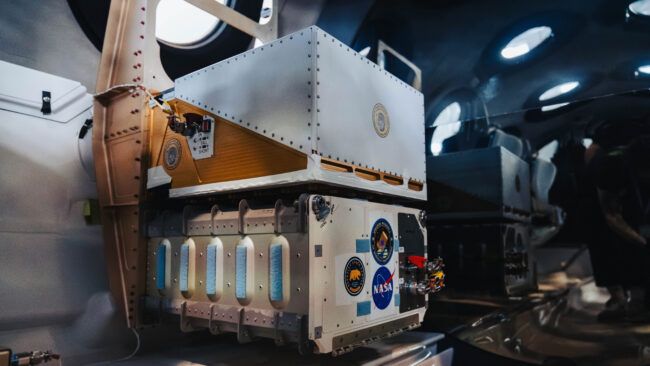TKMS successfully demonstrated a ‘sea-proven’ Air Independent Propulsion capability, the key determinant in the deal, says the submarine manufacturer’s India head Khalil Rahman
He said they successfully demonstrated the Air Independent Propulsion (AIP) capability, the key determinant in the deal, on their Type 212 submarine in the evaluation conducted by the Navy recently.
TKMS has pitched a customised version of its Type 214 for the Indian Navy’s requirements. “Technically we are in a very strong position. Indian Navy is very happy with the Type 209s in service. We have a sea-proven AIP,” Mr. Rahman said expressing confidence during a media interaction. “Our design will be specifically tailored to India and will ensure stealth in the waters… As per terms of the Request For Proposal (RFP), the P-75I design will be handed over to the Indian Navy.”
The Navy’s mega-submarine deal under Project-75I, estimated at over ₹43,000 crore, crossed a major milestone with the completion of Field Evaluation Trials (FET) to check the compliance of the bids received. There are two contenders in the fray – Germany’s TKMS and Navantia of Spain. While an Indian Navy team visited TKMS shipyard in March for FET, the evaluation of Navantia’s offer was conducted in the last week of June, as reported by The Hindu earlier. The German government is expected to take up a stake in TKMS.
On their entry into the deal, Mr. Rahman stated that initially, TKMS had made the decision to keep out. “We initially made the decision not to bid due to terms and conditions in the RFP…. Company felt there was too much risk in the commercial terms. These issues have now been resolved… One of the reasons is the support of the German government,” he said.
He said the German government historically regarded India as a market and partner, and it was really after the invasion of Ukraine that there was a “change of thinking” in the German government, when it was felt that it was very necessary to enter into a deeper partnership with India.
While TKMS has partnered with Mazagon Dock Shipbuilders Limited (MDL), Navantia has partnered with Larsen & Toubro.
The FET was only to demonstrate AIP and not to demonstrate the submarine in general, and stipulations in the RFO were very clear in regard to demonstrating a “sea-proven AIP”, Mr. Rahman stressed. The TKMS AIP on offer will be both fuel cell- as well as Lithium Ion-based, giving it enhanced performance, he said, explaining that while fuel cell gives long-range endurance at low speed, Lithium Ion “functions at high speed”.
The RFP states that the first submarine should have indigenous content (IC) of 45% which should go up to 60% for the sixth and last submarine. Also, it stipulates that the first submarine be rolled out 84 months or seven years from the signing of the contract. With both the FETs completed, a technical report will be submitted by the Indian Navy to the Defence Ministry, after which staff evaluation would be done to determine who all have complied.
The submarine deal is expected to figure prominently during upcoming high-level talks with both Germany and Spain. German Chancellor Olaf Scholz is scheduled to visit India in the second half of October for inter-governmental consultations while Prime Minister Narendra Modi is likely to visit Spain in the next few months.
Navantia has offered a submarine based on its new S80 class of submarines, the first of which was launched in 2021 and was commissioned into the Spanish Navy as S-81 Isaac Peral last November. L&T will be responsible for constructing the submarines.
An AIP module acts as a force multiplier as it enables conventional submarines to remain submerged for longer duration thereby improving endurance as well as stealth.
Since World War II, TKMS has built 175 submarines and there are 52 AIP-equipped submarines either operating across the globe or contracted, company officials added.
(With Reporting By Agencies)




















Discussion about this post